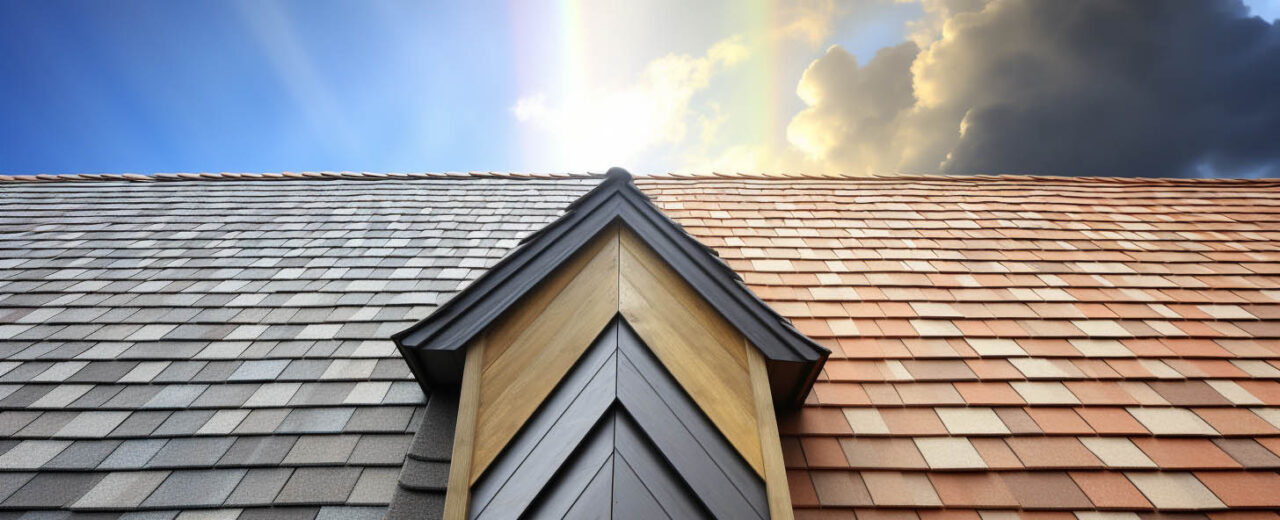Climate plays a pivotal role in determining the most suitable roofing material for your home. Whether you reside in a tropical paradise or a frigid tundra, the roofing material you choose should be resilient enough to withstand the unique challenges posed by your region’s climate. Here’s a deep dive into how different climates impact roofing choices and why metal roofing stands out as a versatile option.
The Tropical Challenge: Humidity and Unwanted Growth
Imagine living in a place with a humid subtropical climate, where the average temperature hovers around 73.35° F and the humidity level averages at 74%. Such conditions are ripe for the growth of unwanted plants on rooftops, such as algae and other tropical weather weeds. Traditional roofing materials, like asphalt, require treatments to protect against these unwanted growths.
However, metal roofing, a popular choice among Bozeman’s roofing companies, naturally resists the growth of these plants. This ensures that homes not only look well-maintained but also reduces the need for frequent maintenance and treatments.
Rust: The Silent Adversary in Tropical Climates
High moisture levels in tropical climates also introduce another challenge: rust. At first glance, it might seem counterproductive to opt for metal roofing when rust is a concern. However, advancements in roofing technology have led to the development of rust-resistant and waterproof metal roofing options. The Roofing Center, a leading roofing service in Bozeman, often recommends these advanced metal roofing options for homes in areas prone to high humidity.
The Cold Frontier: Durability in Freezing Temperatures
Shifting our focus to colder regions, let’s consider a place like North Dakota, where the average annual temperature is a chilly 42.8°F, accompanied by an average annual snowfall of 50 inches. Such extreme cold conditions demand roofing materials that can withstand the harshness of freezing temperatures and heavy snowfall.
Traditional asphalt roofing, with a lifespan of about 12 to 20 years, might not be the best fit for such climates. On the other hand, metal roofing, known for its durability and longevity, emerges as a clear winner. With a life expectancy ranging between 40-70 years, depending on the specific material, metal roofing proves to be a long-lasting solution. The Roofing Center, recognized as one of the best Bozeman’s roofing contractors, often vouches for the durability and resilience of metal roofing in cold climates.
The Universal Appeal of Metal Roofing
While metal roofing has distinct advantages in both tropical and cold climates, its benefits are universal. Whether you’re considering roof installation in Bozeman or any other part of the world, metal roofing offers a combination of durability, aesthetic appeal, and low maintenance.
In conclusion
When choosing a roofing material, it’s essential to consider the specific challenges posed by your region’s climate. Metal roofing, with its wide range of benefits, stands out as a versatile and reliable choice for homes across different climatic zones.


